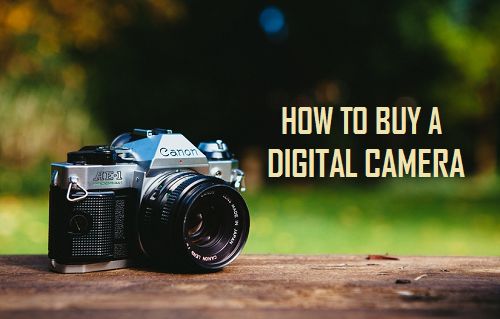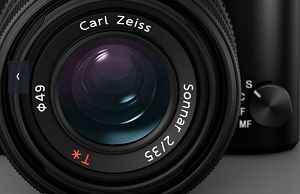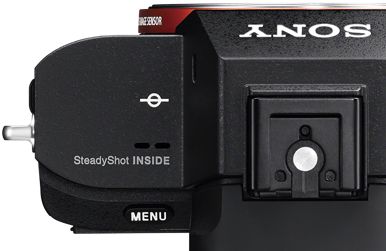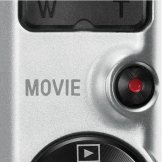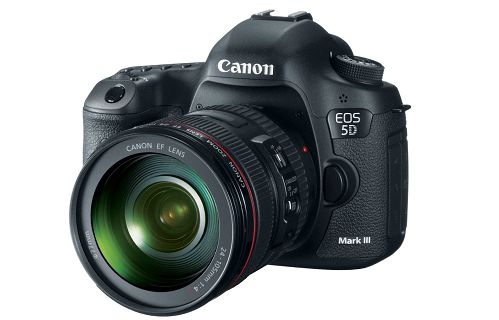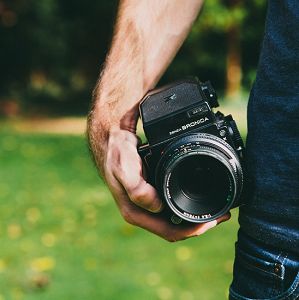How to Buy a Digital Camera
There are hundreds of camera brands, types and models, which make it really difficult to choose a digital camera. For this reason, it is really important to have some understanding about digital cameras and what really contributes to good image quality.
1. Don’t be swayed By Mega Pixels
Most people have this notion that a camera with a higher Mega-pixel count is better than one with a lower Mega pixel count. While this is true to some extent, it is an accepted fact that a higher mega pixel count does not always translate into better image quality. On the contrary, a camera with higher Mega-pixels might actually end up producing poor quality images, if the camera does not have a matching higher capacity image sensor. High Mega Pixel value in a camera is useful only if the camera is also equipped with a high quality image sensor, which can make good use of the high Mega Pixel value. Hence, do not be impressed or mislead by high Mega Pixel values that are often highlighted in advertisements. Always make sure that the camera also has a good quality image sensor.
2. Know the Sensor Type
Digital cameras come with either CCD or CMOS type image sensors. You need to understand the key difference between these two types. For the purpose of this article it is sufficient to know that in general CCD sensors create high-quality, low-noise images while CMOS sensors are more susceptible to producing image noise. Cost wise, CCD (Charge-Coupled Device) sensors are more expensive to produce and also consume more battery life. Depending on your budget, you should be going for a camera with CCD sensors, while understanding the trade-off in terms of battery life.
3. Is it Digital or Optical Zoom?
Digital camera ‘Ads’ often try to impress customers by quoting zoom values. However, it is important to understand the type of zoom these ads are trying to highlight and impress you with. Are the ‘Ads’ talking about Digital Zoom or Optical Zoom? There is a major difference between these two types and you need to understand this. While 20x digital zoom does appear impressive, it is quite misleading in the sense that digital zoom does not really help you in getting closer to a subject that you are trying to capture in your camera. When you make use of digital zoom while shooting a picture, the camera crops the image of the subject and enlarges it digitally to match the zoom settings, instead of getting closer to the subject. This often results in poor images, leaving users puzzled as to why they are not able to capture the subject in good detail, even by using 20x digital zoom. What gets closer to the subjects is the Optical zoom capacity of your camera. The higher the optical zoom rating on your camera the better you can photograph distant subjects. So, do not be impressed by high digital zoom values that you see in camera Ads, instead focus on the Optical Zoom value and make sure that you are buying a camera with an optical zoom value of at-least 5X or higher.
4. The Size of Camera Lens Matters
In general, a camera with a bigger lens tends to produce sharper and better quality images. This is due to the fact that a bigger lens allows for longer exposure and hence produces better quality images.
Also, when it comes to lenses, make sure that the camera that you are going for has a wide angle lens. A Wide angle lens is helpful in taking group shots & shooting pictures in landscape mode.
5. Look for Image Stabilization
These days most good cameras come loaded with image stabilization software. This feature helps you shoot images without blurring, even when you are suffering from unsteady hands due to tiredness or distractions.
Always make sure that the camera that you are choosing has image stabilization software.
6. Check LCD Screen
You will be making use of the LCD Screen to shoot images and videos. Hence, before buying a camera make sure the image on the LCD screen is sharp and is not jerky or suffering from delayed images. A very simple way to check this would be to pick up the camera and start panning it while closely observing the image displayed on its LCD screen. Do not buy a camera, in case you notice that the LCD screen is blurry or producing jerky images when you pan it.
7. Can the Camera Shoot Videos?
It is not always possible to carry both your camera and camcorder on your trips and outings. Hence, it makes perfect sense to go for a camera that can also shoot videos of decent quality.
Make sure that your camera offers Video shooting in HD quality.
8. Should you Buy the Latest Model?
When it comes to gadgets, the tendency among most buyers is to buy the newest and the latest model. A good way of approaching this is to compare the latest model with the last one. Many technology websites and blogs offer reviews and comparisons that you can make use of.
Many times, you may be surprised to know that a new model offers very little in terms of features and upgrades compared to the price difference. Also, you need to consider whether the new features are of any use to you. In case you are on a budget, it makes all the sense to consider buying a used, older or a superseded camera model. Discontinued or superseded models are often available at big discounts and are still good for most practical purposes.
9. Weight and Portability
Most consumers still go by bigger must be better thinking, this is more or less hardwired into our thinking. However, when it comes to a camera, you need to think in terms of what suits you better – A big DSLR that is difficult to carry around or a light weight Compact System Camera that can also shoot high quality images.
While a DSLR Camera is preferred by professional photographers, moving around with a big DSLR camera is difficult in day to day life of most regular folks. Hence, it is important to consider the possibility of your heavy DSLR Camera lying at home most of the time due to its bulk and weight, especially after your initial excitement and enthusiasm starts to wear off. Before hitting the buy button, it is always a good idea to visit a camera shop and take a look at the camera that you want to buy. Pick up the camera in your hands and get a feel for it, make sure that the weight and size feels right and good enough for the purpose that you are buying the camera for.
10. What Type of Digital Camera?
Now that we have learnt about the features and qualities that you should look for in a digital camera, the next question would be to decide on the type of digital camera that suits your own requirements. Generally, digital cameras can be classified into the following types.
- Compact Digital Camera: These are the most commonly used and affordable point and shoot digital cameras.
- Advanced Point and Shoot Camera: These cameras offer more manual controls compared to regular compact digital cameras
- Mega Zoom Camera: These cameras allow you to shoot distant objects due to their high zoom capacity and are suitable for wildlife and sports photography
- Digital SLR Camera: DSLR cameras are widely used and preferred by professional photographers due to their powerful image sensors and the ability to attach multiple types of lenses to match various shooting modes.
- Compact System Camera: These are also known as Mirror-less or Interchangeable Lens Cameras. As the name suggests you can also use multiple lenses on this type of camera. These cameras are lighter compared to a DSLR camera and offer DSLR like manual controls, lens interchangeability and produce high quality images.
Conclusion
The best digital camera is not necessarily the most expensive or the best selling camera in the market. Rather, the best digital camera is the one that suits your own unique requirements and budget. Hopefully, this article should have provided you with enough information to make an informed decision whenever you happen to buy a digital camera, for yourself or others.
Types of Digital Cameras Available in the Market How to Disable Power Button Camera Shortcut on Android Phone
